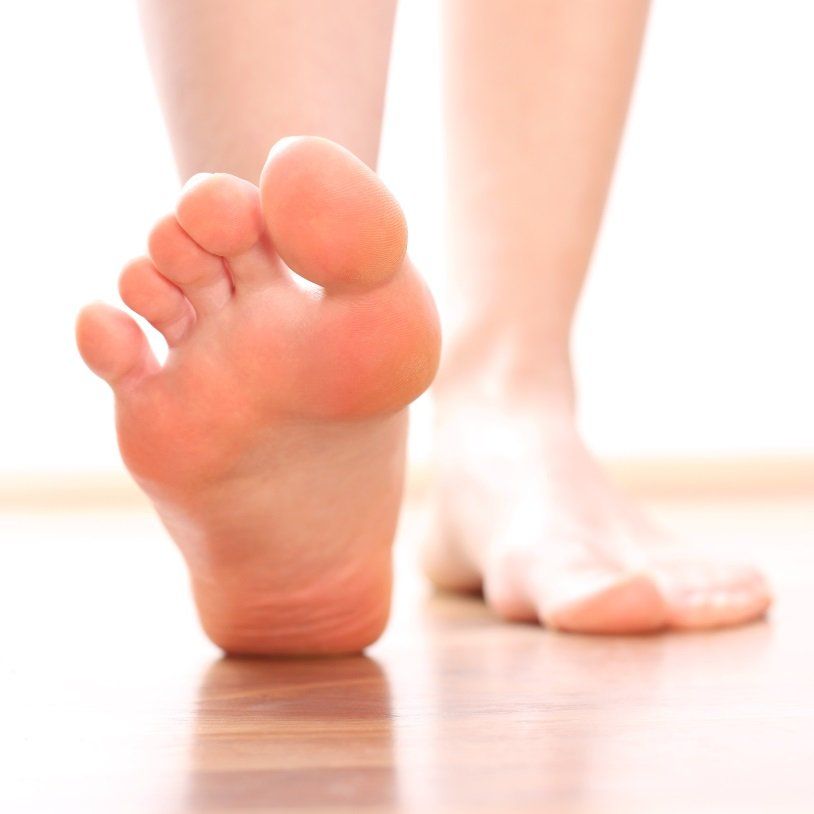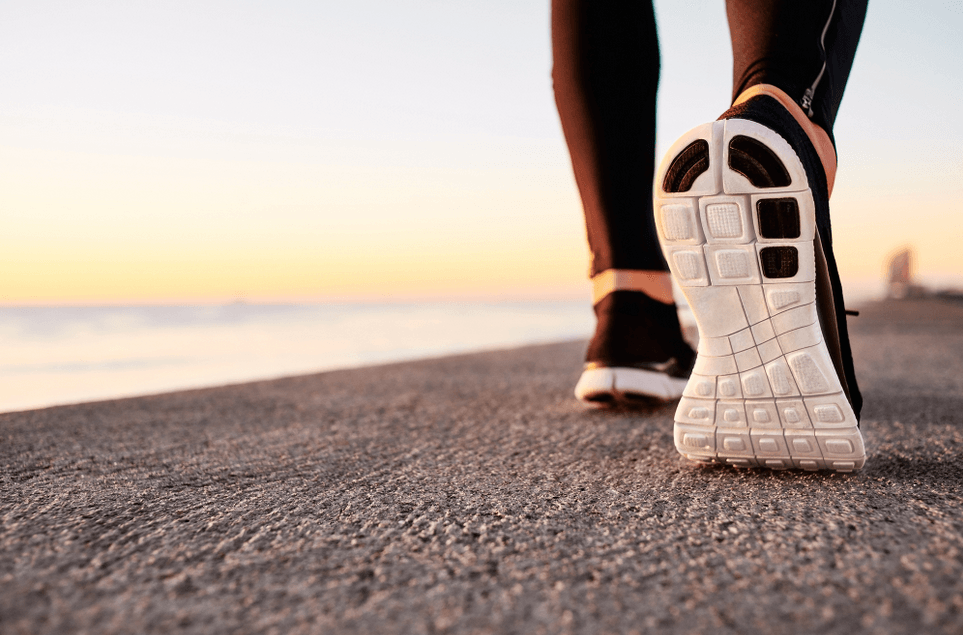Othotic and custom insole issues
September 13, 2016
Orthotics or custom made insoles can be used to treat many condition and can be quite useful if properly prescribed. There are many practitioners and many facilities which provide custom made orthotics. A knowledgeable practitioner and comprehensive history and physical examination is key to the appropriate prescribing of orthotics. A full examination extending from the feet to the spine is necessary as orthotic can change the alignment of the lower extremities and spine. A sports medicine physician should have the knowledge and skill to perform such an examination. Patients with abnormalities of the knees hips or back may respond adversely to orthotics. A full assessment will determine whether orthotics may potentially cause issues. One common area of concern is the prescription of orthotics with a lift on one side to correct a difference in leg lengths. Often times we see patients with heel lifts that in fact do not have a leg length difference but rather a rotation in their pelvis. This is not an uncommon occurrence. Make sure your practitioner performs a full assessment of your biomechanics for best results with orthotics. If a leg length discrepancy is “discovered” make sure it is confirmed by several methods of measurement which a qualified practitioner should be able to perform. As a rule we never prescribe a leg length correction or heel lift for custom made orthotics unless we have confirmed the discrepancy with several different measurements and on different occasions.




